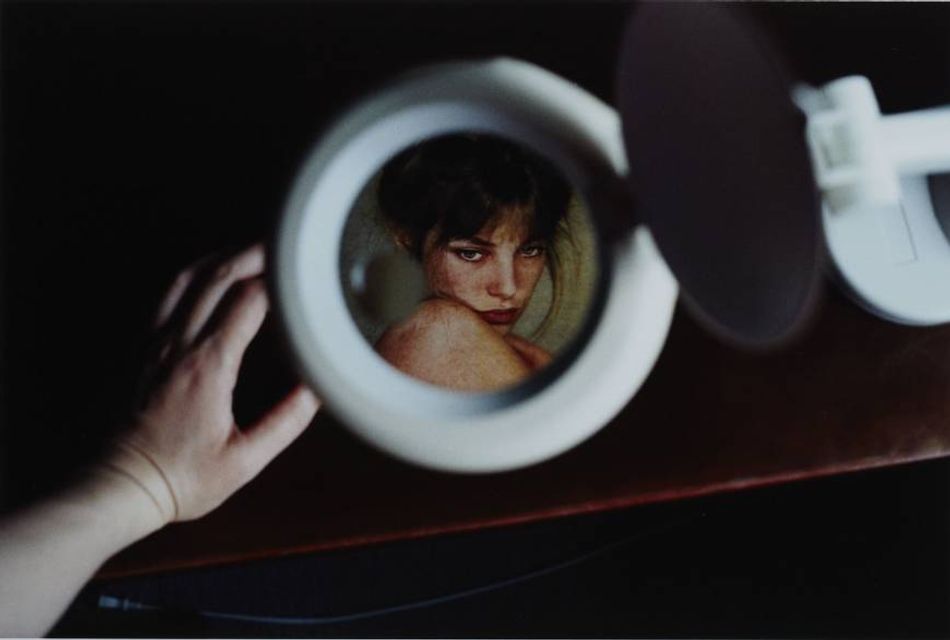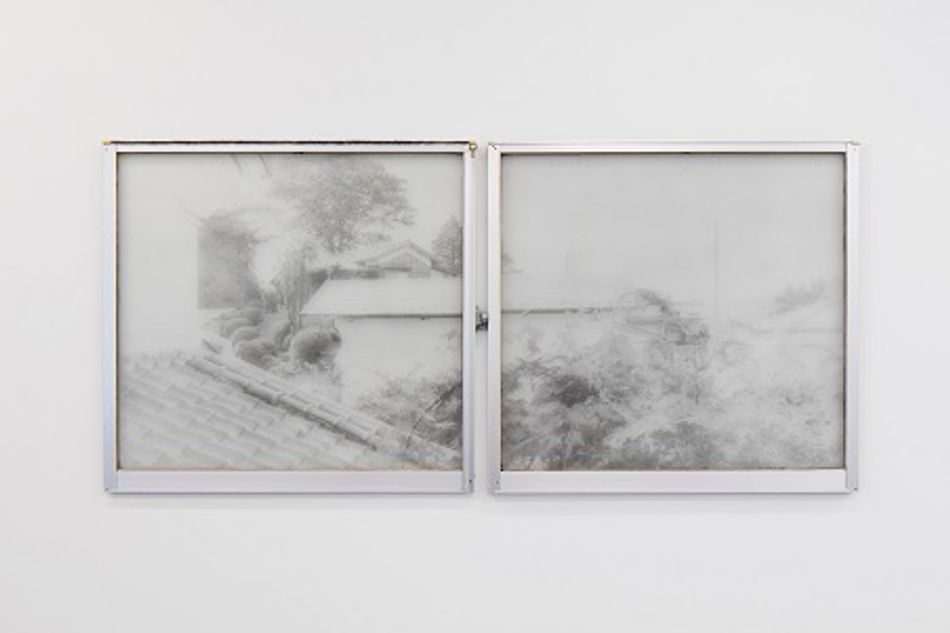Photographs of Innocence and of Experience: Tokyo Photographic Museum of Art
ByChelsea CoonFrom the series “Trace” (2012). Gelatin Silver Print. Courtesy of: Shimpei Takeda & TOP Museum
A goal that has remained central in this curation is to exhibit artists whose works push against the traditional confinements of the photographic medium.
“Photographs of Innocence and of Experience: Contemporary Japanese Photography vol. 14” is now on view at the Tokyo Photographic Museum of Art, also known as the TOP Museum. Since its inception in 2002, this exhibition has taken place annually to showcase a curated selection of emerging photographic artists who show great potential in their artistic visions and works. For the fourteenth edition the thematic focus is “Photographs of Innocence and of Experience”; this title is influenced by the book of poems by William Blake, “Songs of Innocence and Experience”. A goal that has remained central in this curation is to exhibit artists whose works push against the traditional confinements of the photographic medium.

“I have child's feet” (2011). Chromogenic Print. Courtesy of: Mari Katayama & Arts Maebashi
These images function as a portal that allows the viewer to understand a glimpse into a moment that the artist has positioned them to see.
Examination of various forms of physicality, relationship to identity, and the diverse ranges of dealing with the body and notions of embodiment, among others, are the focus of the works on view. Five artists on demonstrate unique perspectives on the themes through the utilization of the photographic medium. Conceptually, photographs are used to document truths. These images function as a portal that allows the viewer to understand a glimpse into a moment that the artist has positioned them to see. The exploration of different times merging between past, present and anticipated future are of interest.

“Untitled” from Erika Yoshino's series “Neroli” (2013). Courtesy of: Erika Yoshino, Taka Ishii Gallery Photography/ Film, Japan Times
In one work of Shimpei Takeda, Trace, there is a depiction of what appears to be the combustion from the central point of a cosmological object. It is also evocative of the reflection of the sky in a body of water. The potential for a clear image is disrupted by rocks or sand particles which break up the cloud forms. The image is culminated from the employment of effects that resulted from various processes occuring in nature. In order to realize the image the processes had to be merged. His methodology of developing photographic images is through the process of making photograms. This does not actually require any camera or related equipment in order to take and develop an image.
Takeda’s second work on view is a debut from his most recent series ‘Glaze’. A divided yard with sectioned out plots can be seen. In the image description, it is established as a production landscape. When looking at the four plots, it brings to mind the potential of spaces to bring about growth. The scale is reminiscent of a garden and the top soil in two of the spaces moves that idea ahead more.

From the series “While Leaves are falling…”, (2009). Ink-jet Print Courtesy of: Takahiro Kaneyama & TOP Museum
By having the viewer look into her room, and at the side of her face, she is offering a glimpse into a private moment, one usually taken alone, and permits the viewer insight into a quiet, safe space.
In Mari Katayama’s image I have child’s feet a woman is seen in a reclined position in a compartmentalized domestic space. She is looking away from the camera, suggesting a dismissal of the gaze directed towards her. The viewer of the photograph takes a position of voyeur. The space is filled with an organized chaos of clutter including stacks of books, clothing, accessories, and more. Each object tells a narrative and allows the interpretation of the image to move in specific directions. While some of the objects are easier to decipher than others, there remain several objects such as that large body sized doll on the floor that requires the understanding that Katayama has sewn all her life, and that this objects are realized in direct reference to the relationship she has to her body.
At the age of nine years old, Katayama had both of her legs amputated due to a diagnosis of congenital tibial hemimelia. She wears a pair of prosthetic legs which she decorates for her portrait photography. By having the viewer look into her room, and at the side of her face, she is offering a glimpse into a private moment, one usually taken alone, and permits the viewer insight into a quiet, safe space.

From the series “Other Days, Other Eyes” (2013-17). Courtesy of: Nozomi Suzuki, Rin Art Association & TOP Museum, and Kogure Shinya
The Tokyo Photographic Museum of Art is located in the Meguro-Ku ward of Tokyo. The exhibition opened on December 2, 2017 and will remain installed until January 28, 2018. For more information including ticketing, hours of operation, accessibility or directions, please visit: https://topmuseum.jp/e/contents/exhibition/index-2877.html
Any views or opinions in the post are solely those of the authors and do not necessarily represent the views of the company or contributors.